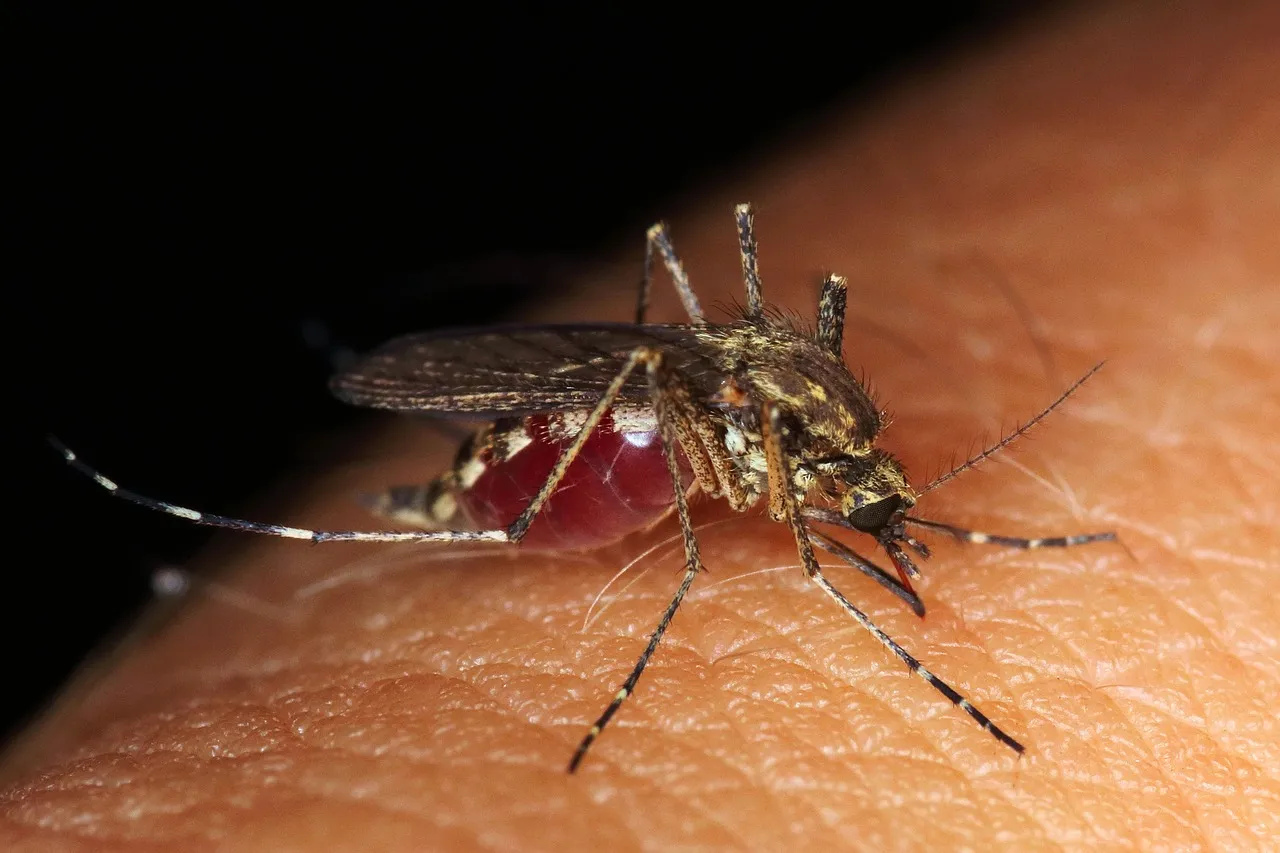Hey STEMians, lets talk about Dengue fever, a prominent arthropod-borne viral disease, which poses a significant health threat in tropical and subtropical regions worldwide. The primary vector responsible for transmitting this debilitating illness is the Aedes mosquito, with Aedes aegypti being the principal culprit. Dengue fever is endemic in numerous countries across Asia, Latin America, and Africa, affecting millions of individuals annually.

Transmission of the dengue virus occurs when an infected female Aedes mosquito bites a human, introducing the virus into the bloodstream. Unlike ticks, mosquitoes are adept fliers, making their mode of transmission more dynamic. The painful reality is that individuals residing in regions with a high mosquito population are at an increased risk of contracting dengue fever.
The incubation period for dengue fever typically ranges from 4 to 10 days, during which infected individuals may remain asymptomatic. However, as the disease progresses, distinct clinical phases emerge.
The initial phase, known as the febrile stage, manifests with sudden onset high fever, severe headaches, and intense joint and muscle pain—symptoms often likened to the grip of a "breakbone fever." This phase is accompanied by retro-orbital pain, which can be a distinctive marker of dengue infection.
As the febrile stage subsides, patients enter the critical phase characterized by plasma leakage, thrombocytopenia, and hemoconcentration. This critical phase heightens the risk of severe complications, such as Dengue Hemorrhagic Fever (DHF) or Dengue Shock Syndrome (DSS). DHF is characterized by bleeding tendencies, while DSS involves circulatory failure, leading to shock.
The aftermath of dengue fever can be lingering and complex. Even after recovery, individuals may experience prolonged fatigue, muscle and joint pain—a phenomenon often referred to as "post-dengue chronic fatigue."
Diagnosing dengue fever relies on clinical evaluation, coupled with laboratory tests such as the detection of viral RNA or the presence of specific antibodies. Timely diagnosis is paramount for proper medical intervention.
Treatment primarily involves supportive care, with a focus on fluid replacement to address plasma leakage. However, as with Lyme disease, ongoing research is essential to enhance our understanding of dengue's pathophysiology and to develop more effective treatments.
To stop dengue fever, we need to control mosquitoes. This means getting rid of places where mosquitoes lay eggs and using bug sprays. It's also important to teach people about dengue fever risks and encourage local efforts to reduce mosquito numbers. Public health education is crucial for this.
In conclusion, dengue fever stands as a formidable public health challenge, necessitating comprehensive efforts in surveillance, prevention, and treatment. The intricate dynamics of its transmission and the potential for severe complications underscore the urgency of continued research to refine our strategies in managing and combating this mosquito-borne menace.
References:
https://www.mayoclinic.org/diseases-conditions/dengue-fever/symptoms-causes/syc-20353078
